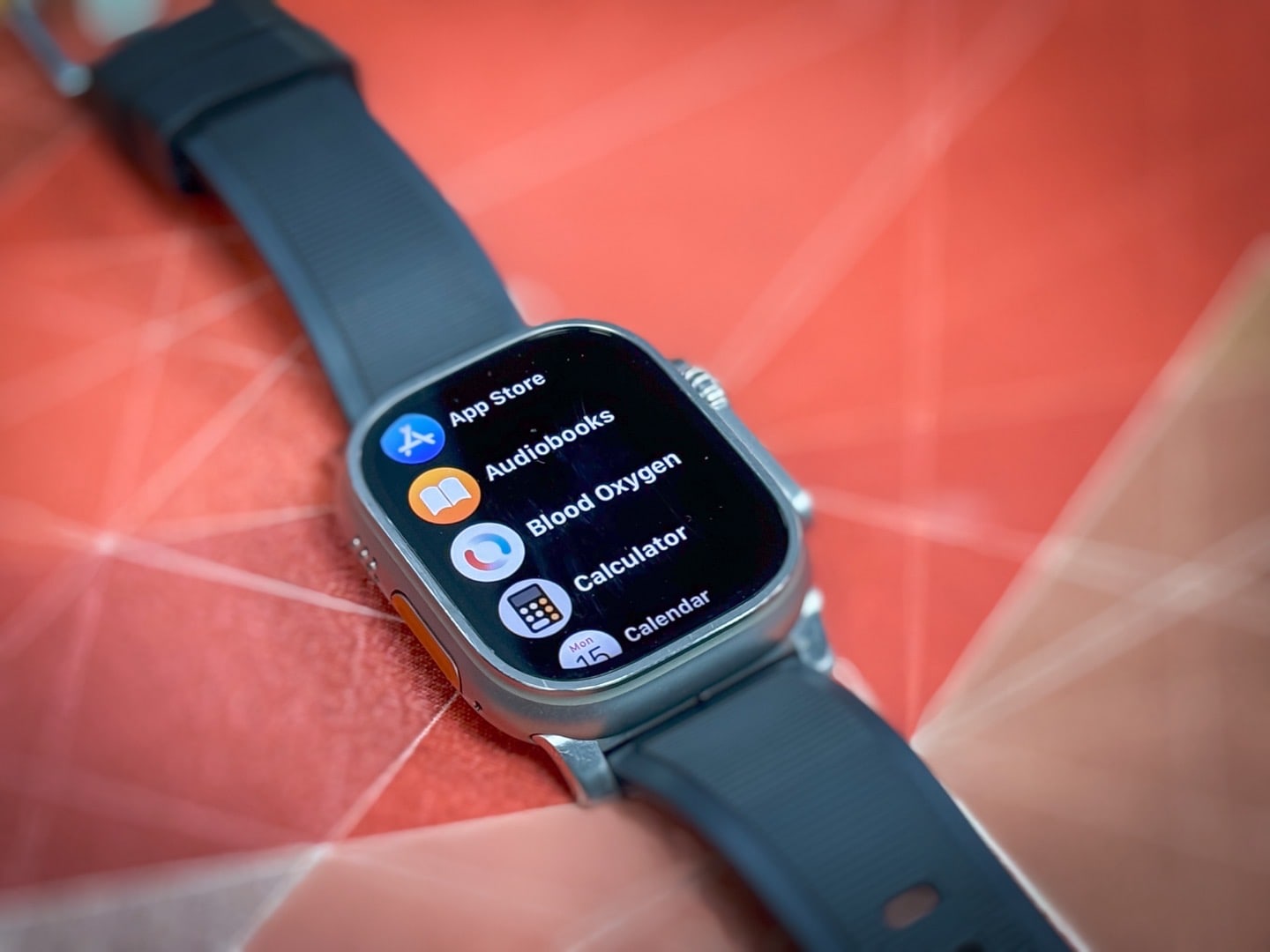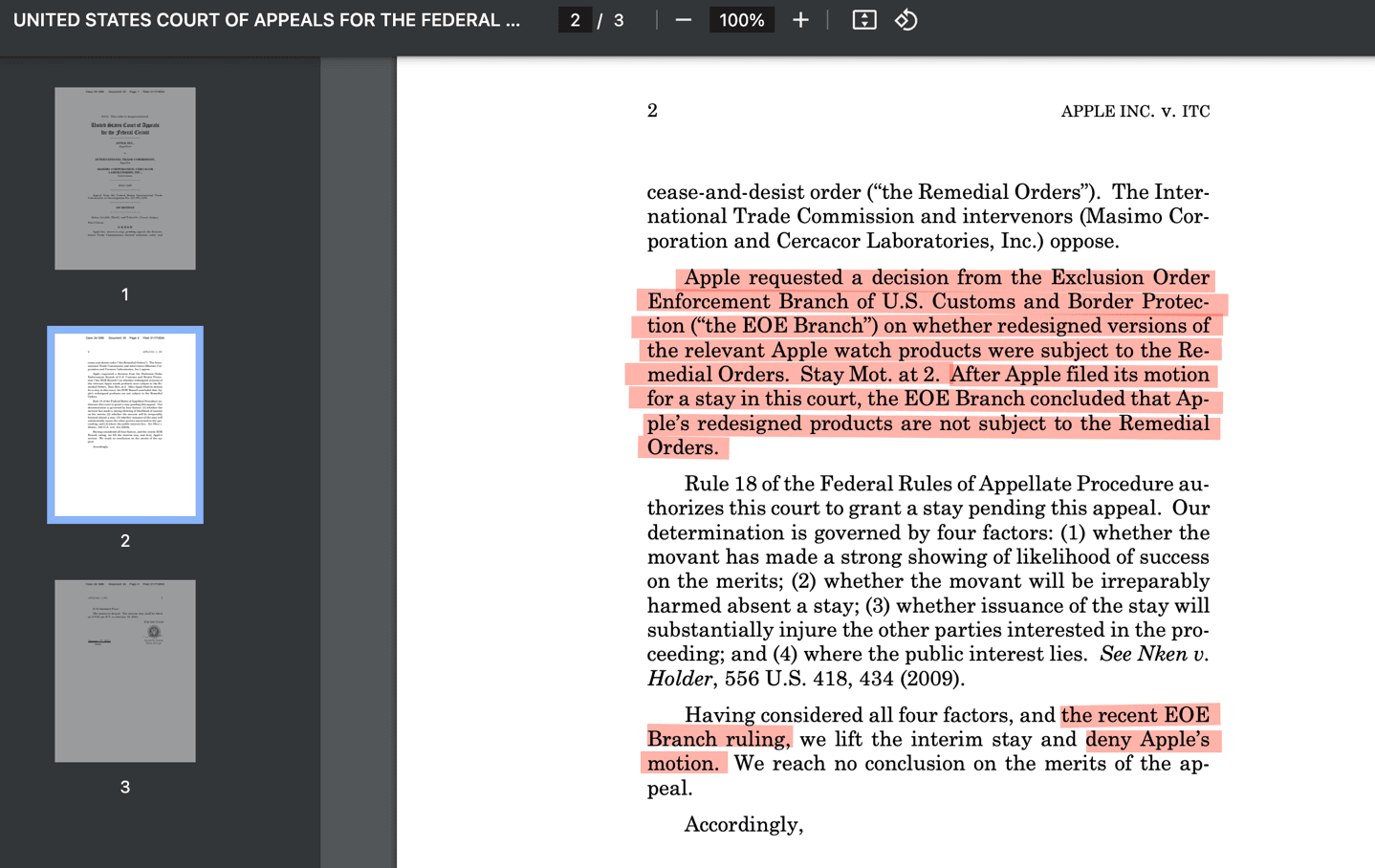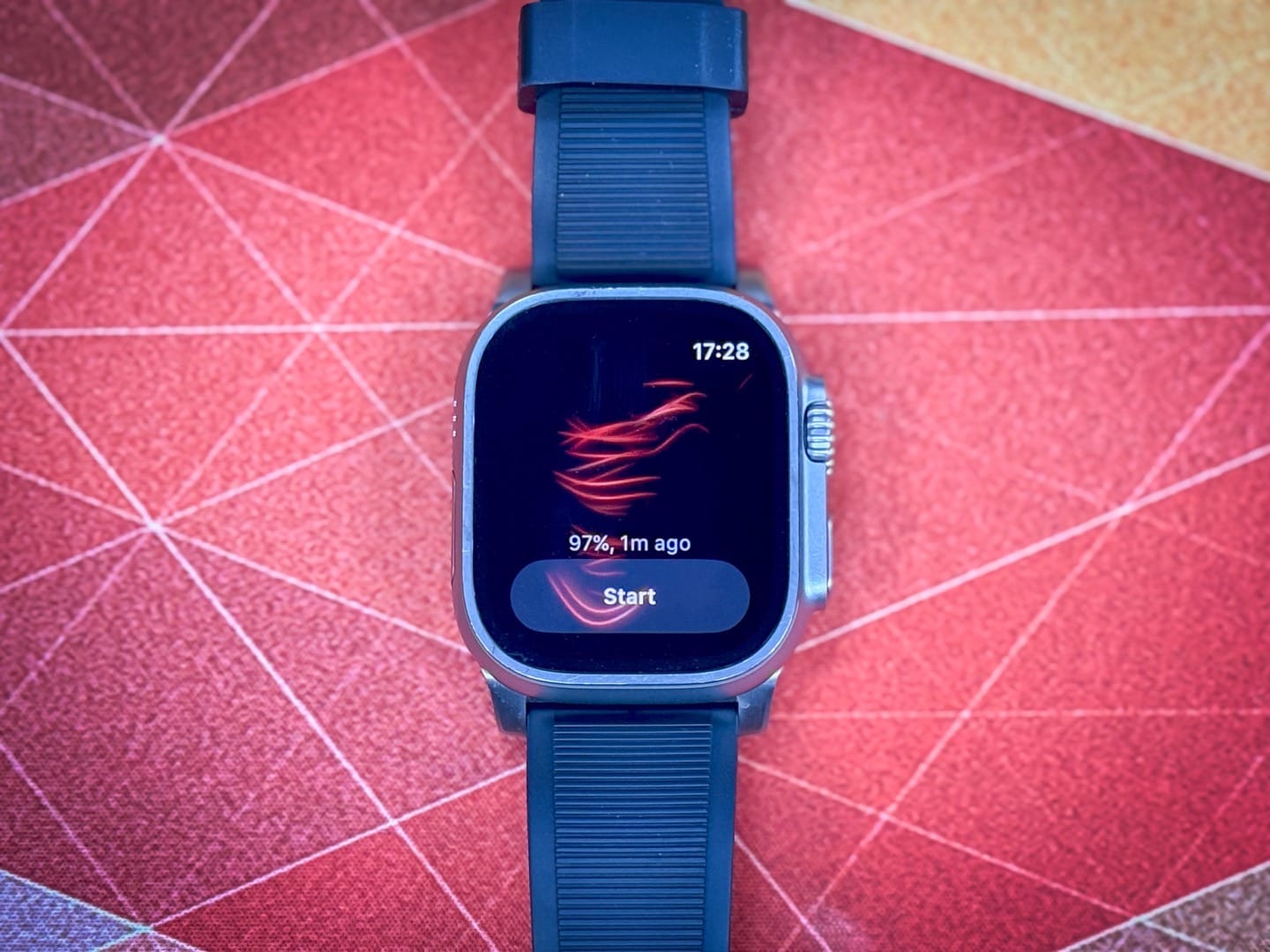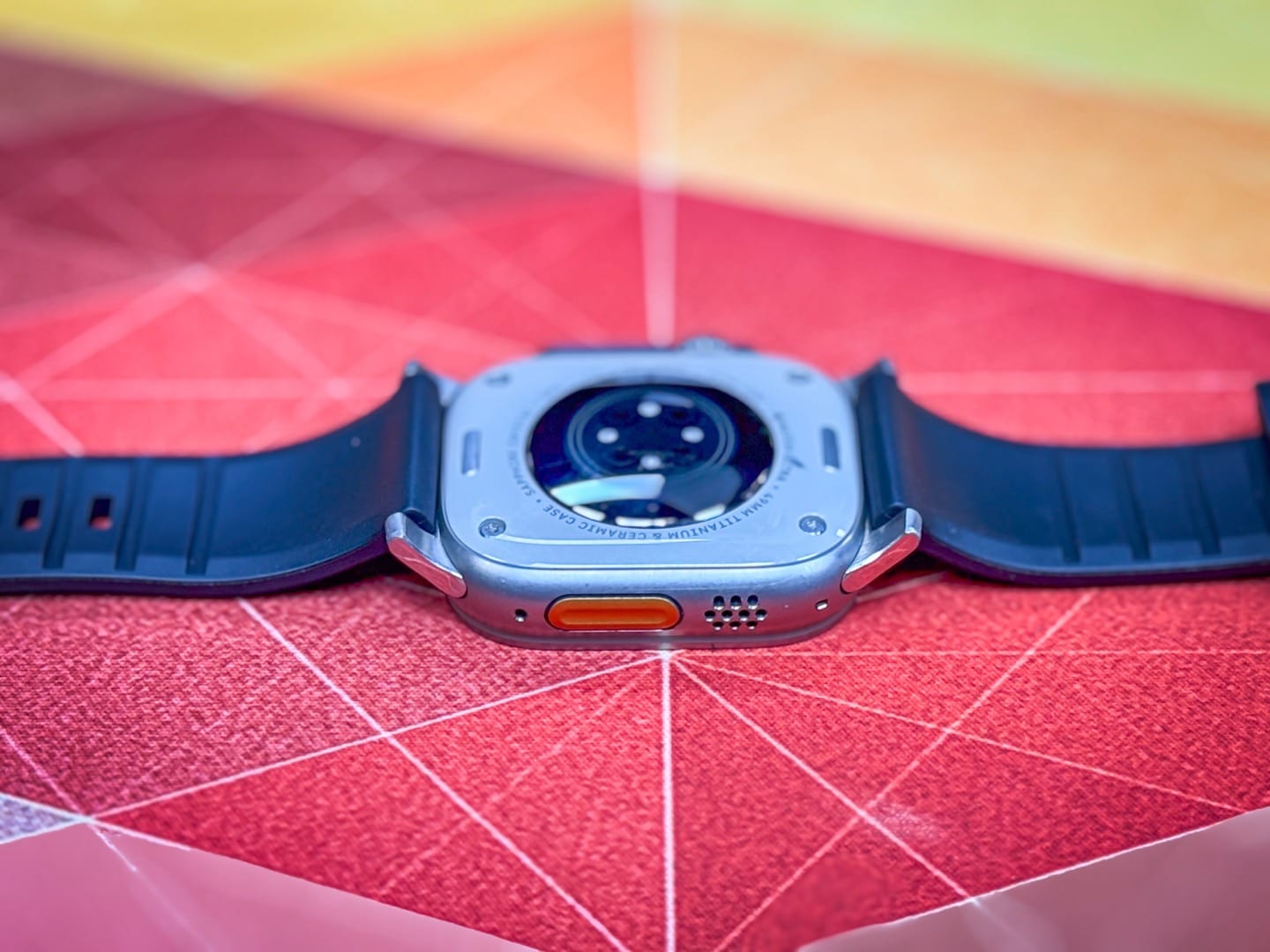
On Wednesday, Apple lost its most recent appeal, which had sought to delay the import and sales ban of the Apple Watch Series 9 & Apple Watch Ultra 2 watches. Apple had won a different appeal back a few weeks ago to continue their sales for a short period, after being blocked by the ITC (International Trade Commission), due to a dispute with Masimo around the blood oxygen sensor (more details on that here). Here are the court documents indicating Apple was denied their appeal:

As a result of the ban, Apple had been quietly working behind the scenes on a solution for watches sold going forward. Previously sold Apple watches will not see the feature disabled, nor watches in other countries.
Apple confirmed that these new units will be sold starting Thursday, January 18th:
“Apple’s appeal is ongoing, and we believe the US Court of Appeals for the Federal Circuit should reverse the USITC’s decision. We strongly disagree with the USITC decision and resulting orders.
Pending the appeal, Apple is taking steps to comply with the ruling while ensuring customers have access to Apple Watch with limited disruption. These steps include introducing a version of Apple Watch Series 9 and Apple Watch Ultra 2 in the United States without the Blood Oxygen feature. There is no impact to Apple Watch units previously purchased that include the Blood Oxygen feature.
Apple Watch Series 9 and Apple Watch Ultra 2 without the Blood Oxygen feature will become available from apple.com starting 6am PT on January 18, and from Apple Stores starting January 18.”
When users open up these new Apple Watches, they’ll still see the Blood Oxygen app (shown at the top of this post) there, however, when they tap on it, it’ll say:
“The Blood Oxygen app is no longer available. Learn more in the Health app on your iPhone.”
Additionally, in the Health app on their iPhone, if they open up ‘Blood Oxygen’, it’ll say the feature is unavailable, and will redirect them to an Apple.com support article. All of which sounds like this is being disabled via software, rather than any specific hardware change (I asked to confirm if it was software or hardware, but haven’t received confirmation either way).
Again, only US watches sold from that date are impacted, not previously sold units. Now, being almost certainly a software change would mean that should Apple either prevail in the future, or come to a licensing agreement with Masimo, the feature could be re-enabled via software as well.
A Bit of Background:
For those unfamiliar with the case, Masimo has sued Apple, alleging infringement of Masimo’s patents around the algorithm related to the blood oxygen level sensing technology (which is a portion of the heart rate sensing hardware and software). There’s about a decade’s worth of soap-opera level drama between the two companies, likely worth at least a Netflix series or two. However, the long and short of it, is that this past September (2023), the ITC (International Trade Commission, which…is really only a US thing), confirmed Masimo’s infringement claims. Of the 103 claims made across 5 patents, the ITC rejected 98 of them leaving 5 on the table.
As a result of that, on October 25th, the ITC issued an import ban, which would disallow Apple from importing into the US, selling, or otherwise marketing the impacted products. Which at this point are the Apple Watch Series 9 and Apple Watch Ultra 2, Apple no longer sells older units directly. It does not impact the Apple Watch SE, which doesn’t contain such technology. That ban took effect December 25th, 2023, but was immediately halted while this latest appeal from Apple was sorted out.

However, that sales halt did not and does not stop 3rd party companies (e.g. Best Buy, Walmart, Joe’s Crab Shack), from selling Apple Watches with the feature. Nor, does it stop you from owning one, nor you from using the feature. Additionally, there are specific carve-outs for warranty support of existing watches as well.
In any event, Apple essentially had four options:
A) Continue fighting various court battles/appeals, without making any changes
B) Form a licensing agreement with Masimo, to allow sales to continue
C) Alter the algorithms to the satisfaction of the court, allowing sales to continue
D) Disable the blood oxygenation sensing feature altogether, thus sidestepping the issue
There’s also some other variants of these for future watches, like redesign of hardware/etc. But given Masimo had opened the door this past summer to a software solution being acceptable (in later statements, they tried to close that door), Apple took that route.
(It should be pointed out that I haven’t dared try to form a specific opinion on who is right in this case. There’s literally a decade’s worth of testimony, much of it actually sealed by the court, and realistically it’s near impossible for an outsider to decide whether or not Apple infringed, without access to that. The details of patent law are incredibly nuanced. It should be pointed out that Apple has counter-sued Masimo for other heart rate sensor things, and additionally, Masimo themselves are also being sued by another company claiming that Masimo infringed upon their wrist-based pulse oximeter patent. As I said folks, Netflix time.)
Going Forward:

In any case, what does this mean going forward?
Well, obviously, buyers of new Apple Watch Series 9/Ultra 2 units don’t have blood oximetry data – a feature virtually every other wearable company has – be it Fitbit, Samsung, Google, Polar, Garmin, COROS, Suunto, etc… Everyone. Now, whether or not those companies simply did a better job avoiding existing patent pitfalls, came to a licensing agreement with Masimo, or weren’t a big enough targets for Masimo to sue, etc… we don’t know, and is probably a blend of a number of those factors.
What we do know is that there’s effectively a gap here for some amount of new Apple Watch units going forward. Will this be a forever gap? Of course not. There’s certainly other ways to fry the blood oxygen fish, as evidenced by other companies. Whether or not Apple does this for the Series 9/Ultra 2, given it’s already January, or if they decide to implement a new hardware/software solution for the Series 10/Ultra 3 in what is likely September (usual annual release cycle). That’s the bigger question. Neither are great options.
Of course, at the end of the day, the bulk of the population never or sparingly use this feature either. Hence why it’s more important for Apple to get the watches selling again, rather than held up for something few people ever look at.
With that – thanks for reading!
FOUND THIS POST USEFUL? SUPPORT THE SITE!
Hopefully, you found this post useful. The website is really a labor of love, so please consider becoming a DC RAINMAKER Supporter. This gets you an ad-free experience, and access to our (mostly) bi-monthly behind-the-scenes video series of “Shed Talkin’”.
Support DCRainMaker - Shop on Amazon
Otherwise, perhaps consider using the below link if shopping on Amazon. As an Amazon Associate, I earn from qualifying purchases. It doesn’t cost you anything extra, but your purchases help support this website a lot. It could simply be buying toilet paper, or this pizza oven we use and love.



















Let the customer decide whether I want this function or a cheaper one without it. Apple is a simple two versions.
If Masimo expects an amount of licensing fee per device not too much below what they make selling a device to medical professionals, then that’s a total non-starter. Because *nobody* would get that more expensive version of the Apple Watch. Not even people with a condition that makes them use a standalone device, because #1 they already have that, and #2 even if they don’t, a standalone device emits *so* much more trustability than some infotainment gadget with an “also does X” checkmark on the box.
I’m very much a not-Apple person, never owned a single device with the fruit logo, but I think that it’s quite possible that Apple really did not have any other option. For all we know it could be the exact opposite, 100% Apple’s fault up to and including blatant theft by poached employees. But I tend to not assume the worst. Consider this scenario: Masimo people just happening to have licensing value expectations very incompatible with those of Apple. Vvery plausible, because no side is really wrong: Apple looks at it in terms of how much value the additional metric brings to the watch (hardly any, on average), Masimo looks at it in terms of the damage done to their business per watch substituting a standalone sensor. Same scene, different angles, very different pictures. Pure speculation on my side, but it would be a perfectly sufficient explanation.
I think need a review of Masimo’s W1® Sport wearable.
PulseOX never worked well me for on Apple devices including the Ultra.
Only thing that produces accurate results is Oura Ring.
I don’t think it would be a big deal if SpO2 measurement was gone for good.
When I caught covid I was away on what should have been a 1 night business trip, and of course foolishly hadn’t taken my ‘never ever had to use’ asthma reliever inhaler. Equally didn’t have my pulse-ox finger ‘clip’ thing, that was safely at home with all my meds, paracetamol, asprin, tissues, etc…. What I did have was my old samsung phone that still had the SpO2 sensor on the back (newer ones disabled) that showed my PulseOx had dropped to 82%.
That was the trigger for me to get some help, as I was alone and isolated in my hotel room.
And so whilst for many the SpO2 is a gimmick feature it’s one of those that is probably more potentially beneficial than sleep timers, step counters, etc.
Small number of people big benefit, as opposed to mass population small benefit thing.
As an emergency physician, I worry a bit about the accuracy of these consumer oxygen saturation devices. During Covid, people were encouraged to buy them and monitor themselves at home. My experience is that even the ones we use in the ED can be finicky — if you don’t have a good waveform then you can’t really trust the number. I don’t find the consumer device we have at home confidence inspiring at all. I wonder how accurate these things truly are. Giving inaccurate results can be a big deal; if it’s falsely reading normal people can be falsely reassured and stay home. Alternatively, if it’s falsely reading low, people might go to already overcrowded EDs for nothing. Ray, are you aware of any testing they do with these / standards they are required to meet?
Not a ‘Ray’ level of testing, but the reading on my phone, and subsequently my garmin, my Omron finger monitor and the reading the nurse has taken when I’ve been checked all seem to match very closely. The exception is if I try using my right hand for finger tests, that seems to cause those monitors to go haywire. But the left is fine.
So off that then I’m happy to say that a reading from any is semi robust. But as you say, it’s never going to be fully robust, but better than nothing (my assessment). If I’m feeling really light headed or fatigued (as I was in Covid situation) but the SpO2 is saying 99% I’m still going to seek help.
What I don’t understand here is how third party sellers are still able to sell AWs with this feature, as Apple will still profit from those sales. Or is it that third parties will be able to sell their existing stock, but Apple won’t be allowed to provide them with new SpO2-enabled stock post the latest ruling?
The order only specifies what Apple as an entity can import/sell/advertise, not 3rd parties.
The thinking roughly being you don’t want a case where you’ve gotta have what is effectively a massive recall from retailers/distributors/etc (and this is true of any import ban).
I get that a recall from 3rd party sellers shouldn’t be necessary, as presumably Apple has already ‘sold’ these watches to those sellers – but I’m not clear why *future* sales by Apple to those same resellers would be OK, when direct-to-consumer sales by Apple are banned. If that was the case, it would seem that Apple could circumvent the ban by selling to US customers through one of its non-US entities which it could argue would be outside the ITC’s jurisdiction. Whilst it may be obvious that the entity was still ‘Apple’, this approach seems widely accepted as a legitimate means of tax eva… avoi… accounting.
Sorry, out of the weekend.
In short, Apple can’t sell that version to *anyone*, be it consumers or distributors/etc. Likewise why it’s also got the import restrictions, which ensures Apple can’t sidestep it by simply selling it from an outside entity.
I agree that in a more strict world, the Best Buy’s would also be banned from selling it. But this isn’t really about consumer safety (whereas a CPSC type recall would impact that), it’s just about two companies disagreeing about a patent.
Another Apple story here, with bigger stakes!
(I’m not taking sides, just adding for context)
link to theguardian.com
I’d say he’s got a much longer journey, notably this part:
“But the court’s decision was later unwound: first hurt by a ruling by the US Patent Trial and Appeal Board that his patents were invalid, and then losing as Apple appealed in the commercial courts.”
If his patents were invalidated, then essentially courts decided it never should have been issued in the first place, which honestly, is the bar for lots of patents (both then and now, inclusive of many companies).
I think one of the things that’s become interesting over the last few years is that as more and more ‘evidence’ of prior art becomes digital, we find that many companies/people were essentially working on the same thing or had the same ideas at the same time. One can look at a semi-famous example of this in our little world, where layers for Zwift actually used comments on a trainer review here in the DC Rainmaker comments section showing someone had an idea and posted about it publically two years before Wahoo’s patent was submitted.
TLDR: People’s ideas aren’t always as unique as they think them to be. And while the PTO bar is high, it’s nearly impossible to search the entire internet for every tangential comment.
I agree with all of that – sorry I didn’t provide more context in the original post.
The psychology of things like this must be crushing- it must be such a tough decision to walk away and forget it when there’s a glimmer of a big pay out from a good idea you once had!
So….asking for a friend….
What if someone wants to buy an Apple Watch in the states and bring it back to Europe (because European prices are crazy right now) and the device is only software restricted, will the device see it is in Europe and re-enable the sensor?
My understanding is no, it’s disabled till…something magical happens in a courtroom.
However, I’m sure at some point someone will test this. And while I could ask Apple, they’re very tight on what they say here, as noted above. Usually, there are different shades of grey in their answers sometimes, but right now anything to do with this case is hard black/white preparred statements, and often no comment at all (not even a no-comment, just a no-answer).
Ray
How about an article comparing the accuracy of the Apple Watch heart rate, and HRV to WHOOP. They rarely agree!
Apple is widely regarded as having one of the most accurate optical HR sensors, while Whoop is not, at least until the 4. But Ray has already done the comparison as part of his in depth Whoop 4 review.
This is a big deal for me, and if Apple don’t resolve it, my next watch won’t be an Apple watch. Really as simple as that; for my health it’s important to be able to track it.